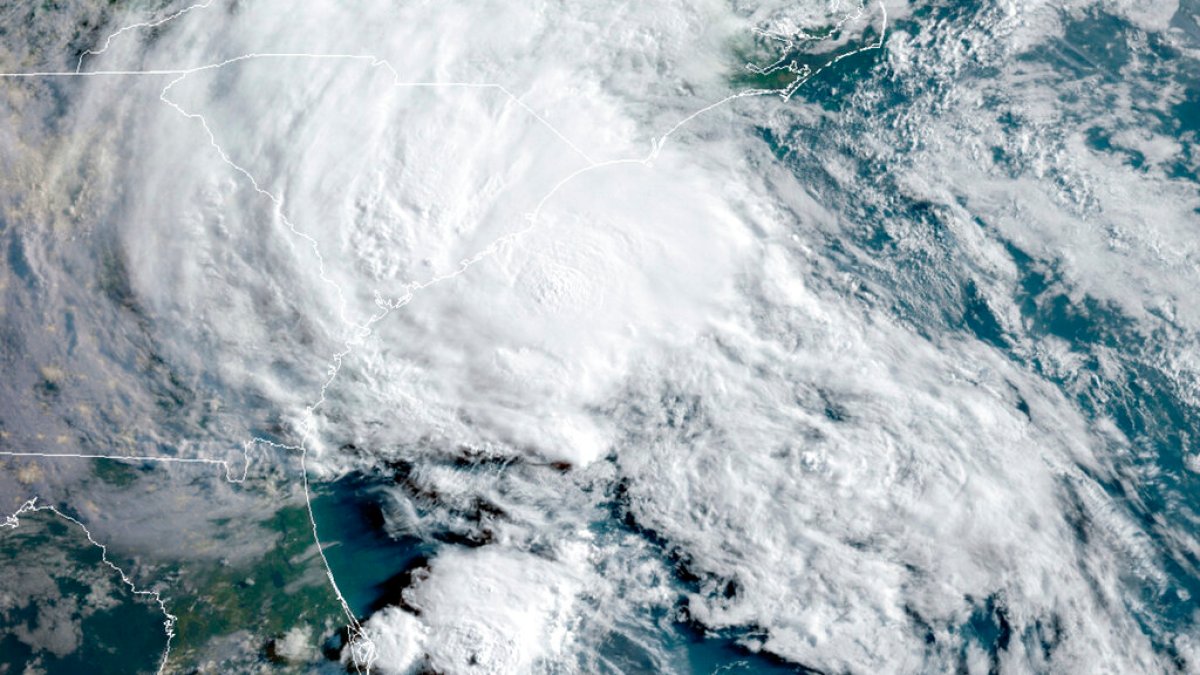La Nina’s cooling effect on the planet did not stop 2021 from being one of the seven hottest years on record.
The United Nations weather agency predicts the phenomenon known as La Nina is poised to last through the end of this year, a mysterious “triple dip” – the first this century – caused by three straight years of its effect on climate patterns such as drought and flooding worldwide.
The World Meteorological Organization (WMO) on Wednesday said La Nina conditions, which involve a large-scale cooling of ocean surface temperatures, have strengthened in the eastern and central equatorial Pacific with an increase in trade winds in recent weeks.
A natural and cyclical cooling of parts of the equatorial Pacific, La Nina changes weather patterns worldwide and is usually associated with wetter conditions in some parts of the world, and drier conditions in others.
The better-known El Nino – an opposite phenomenon – is associated with warming in parts of the world.
“It is exceptional to have three consecutive years with a La Nina event,” WMO Secretary-General Petteri Taalas said.
Taalas was quick to caution that the “triple dip” of cooling does not mean global warming is easing.
“Its cooling influence is temporarily slowing the rise in global temperatures, but it will not halt or reverse the long-term warming trend,” WMO Secretary-General Petteri Taalas said.
The stubborn #LaNiña event is expected to last till at least the end of the year, impacting weather and climate.
It’s this century’s first “triple-dip“ La Niña – 3 straight N hemisphere winters/S hemisphere summers.WMO Update at https://t.co/lcrUUnjPOE#StateofClimate pic.twitter.com/Ouvg4cV90S
— World Meteorological Organization (@WMO) August 31, 2022
Horn of Africa drought
Taalas said the drought in the Horn of Africa and southern South America “bears the hallmarks of La Nina”.
“The new La Nina update unfortunately confirms regional climate projections that the devastating drought in the Horn of Africa will worsen and affect millions of people,” he said.
That drought is set to worsen with a fifth consecutive failed rainy season, the WMO projected on Friday, fearing an unprecedented humanitarian catastrophe.
Ethiopia, Kenya and Somalia are already going through their worst drought for 40 years.
La Nina’s cooling effect also did not stop 2021 from being one of the seven hottest years on record.
“Despite the stubborn La Nina in the equatorial central and eastern Pacific, widespread warmer-than-average sea-surface temperatures elsewhere are predicted to dominate the forecast of air temperatures for September to November,” the WMO said in a statement.
“This will contribute to above normal temperatures over land areas, including much of the Northern Hemisphere.”
La Nina also often leads to more Atlantic hurricanes, less rain and more wildfires in the western United States, and agricultural losses in the central US. Studies have shown La Nina is more expensive in its effects on the US than the El Nino.
Together El Nino, La Nina and the neutral condition are called ENSO, which stands for El Nino Southern Oscillation.
Together they have one of the largest natural effects on climate, at times augmenting and other times dampening the big effects of human-caused climate change from the burning of coal, oil and gas, scientists say.
